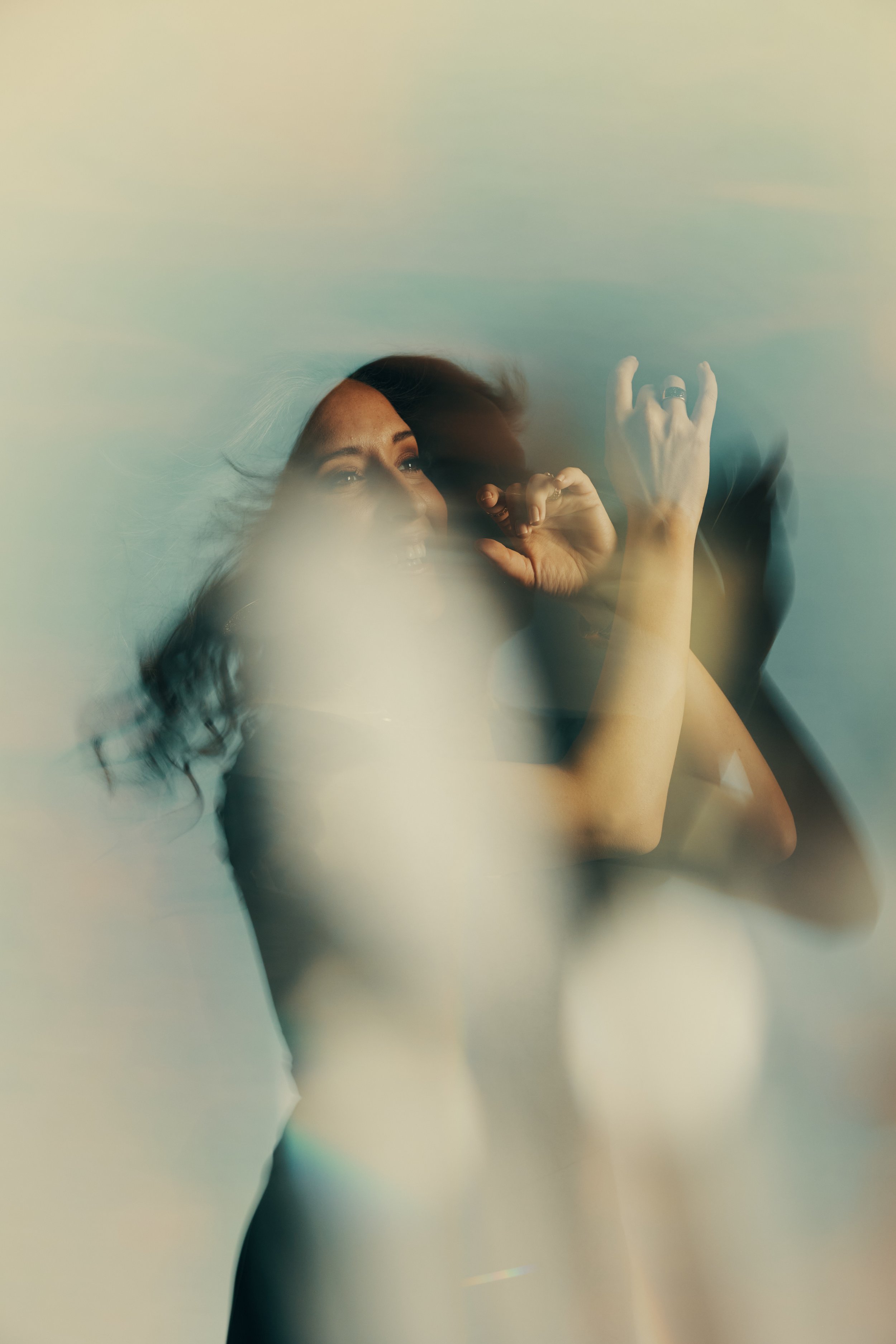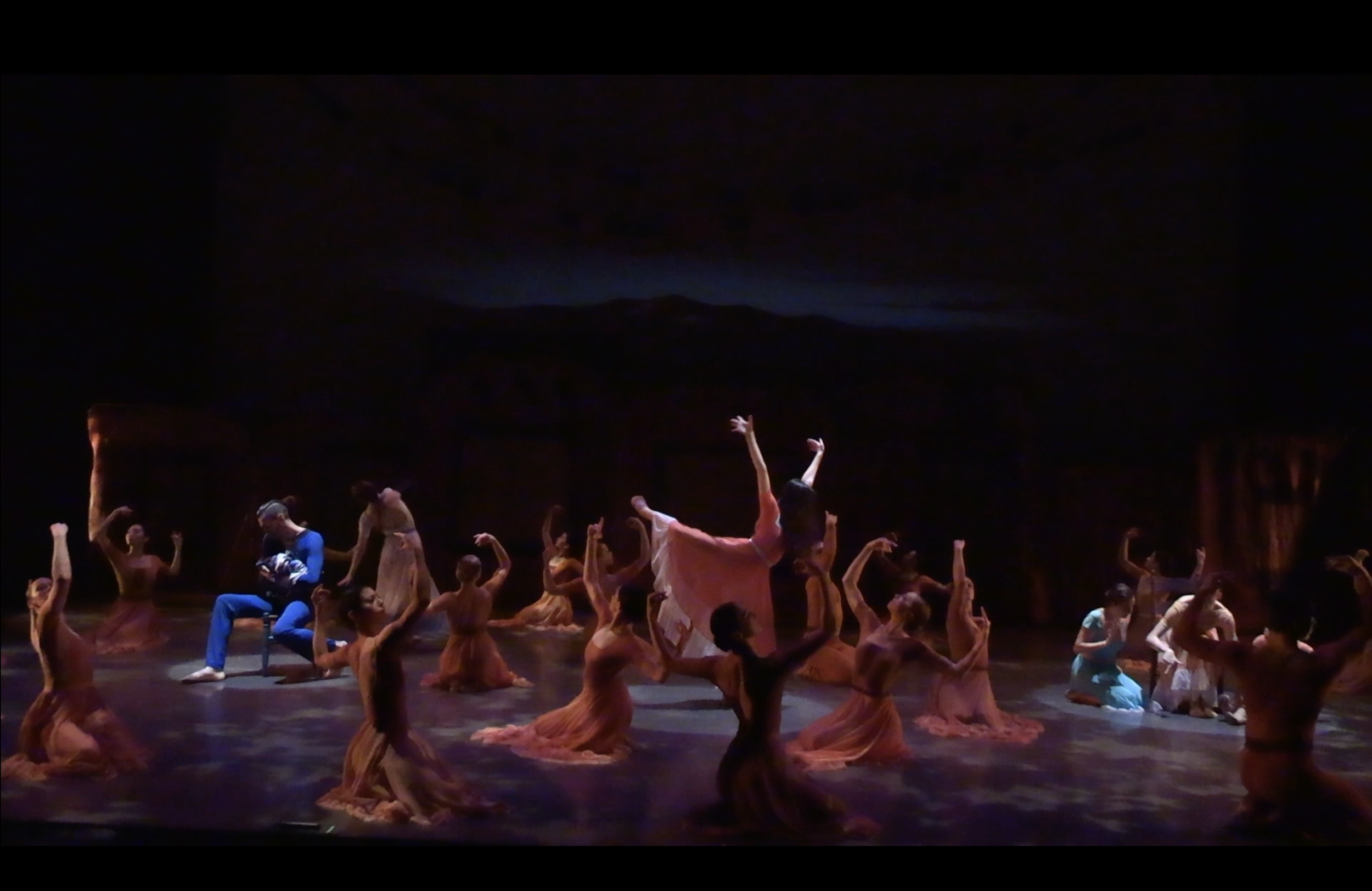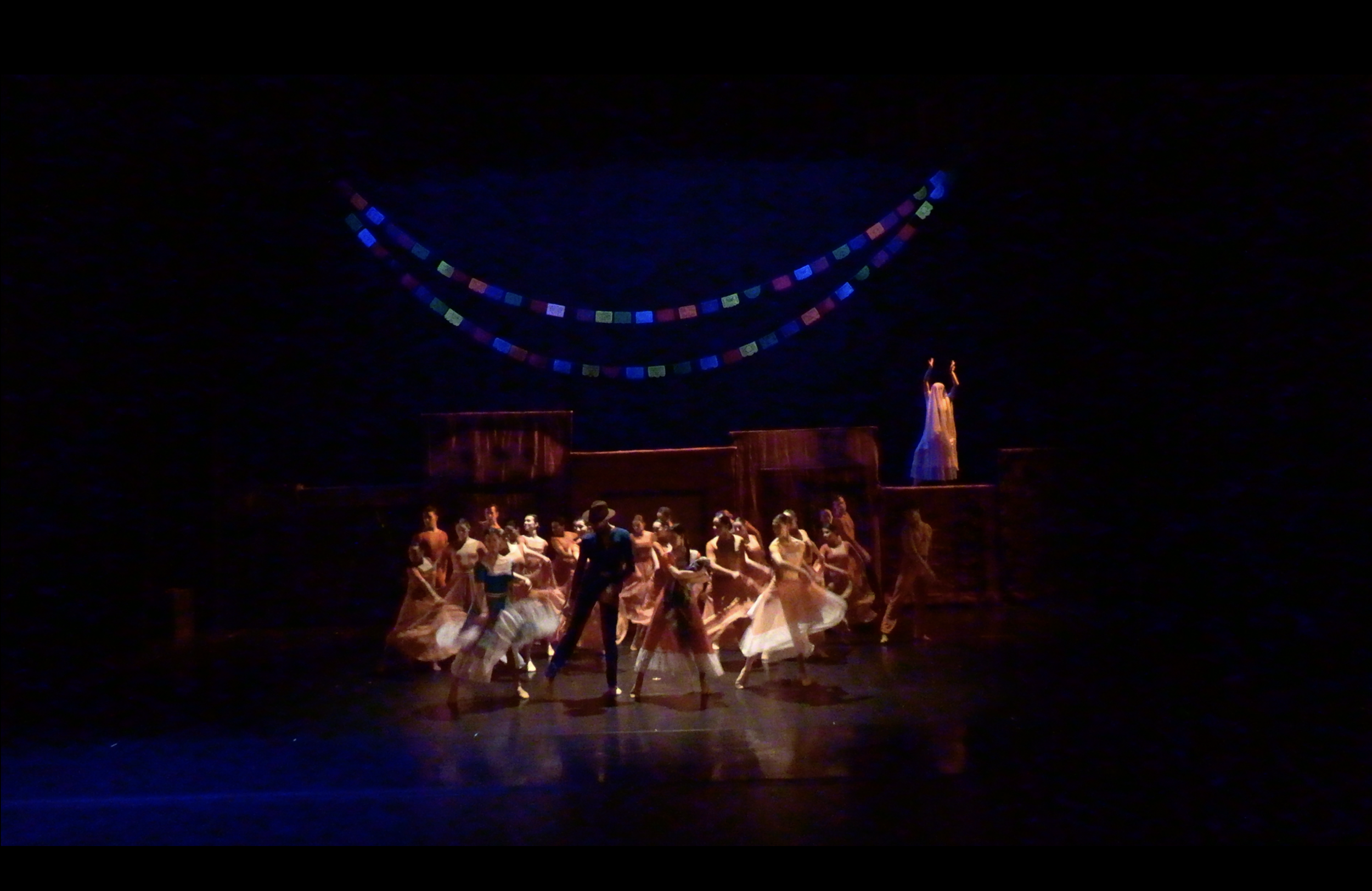
Julianna Rubio Slager is an innovative choreographer and experienced ballet coach.
Her work is performed on stages across the country.

Julianna Rubio Slager is a visionary artist who crafts dance that bridges worlds—between classical ballet and the untold stories of everyday women. Her work is rooted in a powerful blend of elegance and authenticity, drawing from her own Chicana heritage and a commitment to exploring the stories of marginalized communities. Julianna sees dance as a way to make us feel understood, sharing universal themes of struggle, resilience, and redemption. With over 50 original works and recognition from leading arts institutions, she’s driven by a mission to connect people through the raw beauty of movement, making every performance a profound encounter with humanity’s most pressing hopes and questions. Discover how Julianna’s journey is redefining ballet as an art form that embraces every voice and life experience.

“Rubio-Slager’s choreography flows like chimes; even when the wind has passed the beauty, the interaction lingers. It is my definition of phenomenal.”
- See Chicago Dance, D’onminique Boyd-Riley
"Julianna’s work in the studio and on the stage is elevating the Chicago dance community as being at the forefront of equity and inclusion at the highest levels of artistry and leadership."
- Chicago Loop Alliance
“A very distinct, assured voice, one who seems to know her mission and her purpose for making.”
- Panelist, Chicago Dancemaker’s Forum

La Llorona
Julianna created La Llorona in 2024 and it has been met with deep appreciation by Latiné audiences.
To request to stage this ballet please contact us via email.
Julianna Rubio Slager | Artist Statement
My choreography is a response to absence—of truth, of nuance, of voices like mine on the ballet stage. As a Mexican-American woman in leadership, I don’t take that space for granted. I feel a responsibility to shape the canon, not just inherit it. Ballet has long idolized women without listening to them. In my work, I invite audiences to do just that: to listen. To stories that are layered, raw, sacred. To women and communities too often romanticized, marginalized, or erased. I want to create ballets that don’t just decorate the stage but leave a mark on the heart and memory of those in the room.
Dance is my form of journalism. It’s how I grieve, how I protest, how I hope. Each piece is a reckoning with the world as it is—and as it could be. I’m drawn to narratives that explore faith, justice, and the ache of loss. I center the perspectives of women, of the displaced, of those who carry generational wounds. My work isn’t meant to resolve. It’s meant to open.
The physical language I use is steeped in classical ballet, but I bend that tradition when the story demands it. I don’t shy away from sharp edges or silence or stillness. I trust the music. I lean into its structure—and sometimes break it to find something more honest. My vocabulary includes breath, weight, tension, release. The dancers I work with are collaborators. Together, we build the emotional world of the work through shared memory and somatic truth.
I begin with a simple premise: the body remembers what history often forgets. When I create movement for a character, I ask what their pain looks like—not in words, but in rhythm, in gesture, in resistance. If we’re telling the truth, the movement comes. And when it does, the audience sees themselves—maybe in ways they never expected.
At a time when much of dance has been reduced to spectacle or content, I am committed to work that lingers—not just in the mind, but in the gut. I want audiences to carry it with them. To talk about it days later, to see someone differently, to ask new questions. If the stage can become a place for wonder, conviction, and shared humanity, then it’s doing its job. That’s the dance that haunts my soul - the work I need to make.
